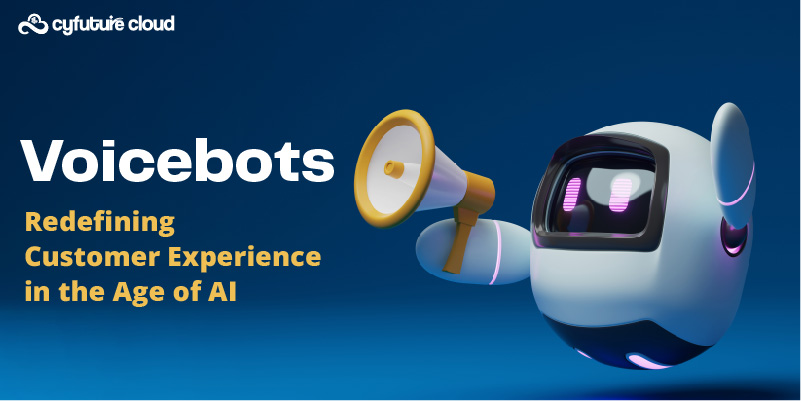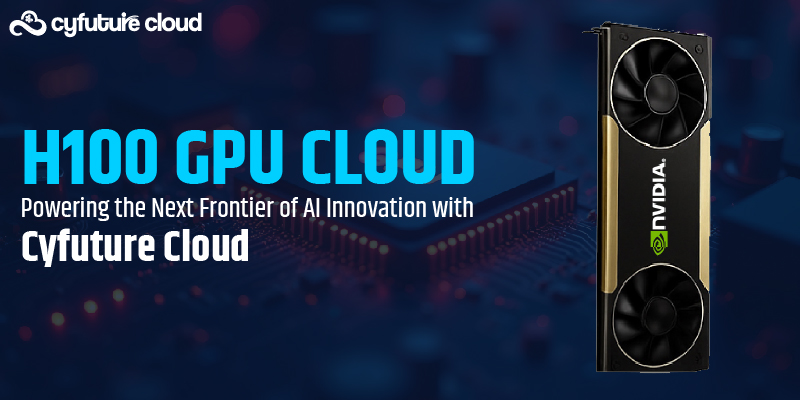Table of Contents
Cloud robotics is a field of robotics that utilizes cloud computing and communication technologies to enhance the capabilities of robots. It involves the use of remote servers and networks to process, store, and share large amounts of data and information, which can then be used to improve the performance, functionality, and autonomy of robots.
The importance of cloud robotics in industry lies in its ability to provide robots with access to vast amounts of data and computational resources, which can be used to improve their performance and capabilities. For example, cloud robotics can be used to improve the accuracy and efficiency of robotic manufacturing processes, as well as to enable robots to perform tasks that are too complex or dangerous for humans.
The proposed smart cloud robotic system aims to integrate cloud computing and robotics technologies to create a system that is capable of performing a wide range of tasks. The system will utilize sensors and cameras to gather data, which will then be processed and analyzed using machine learning algorithms. The system will also be able to communicate with other devices and systems in order to share data and collaborate on tasks. The smart cloud robotic system will be able to analyze sensor data in real-time and allow for complex decision making. Furthermore, it will be able to adapt to new environments and learn new tasks, which will make it more versatile and efficient.
In addition, the system will be able to use the cloud infrastructure to access vast amount of data, which will allow it to perform more complex tasks and make better decisions. With this system, the industry will see a reduction in the human effort and time required to complete a task, as well as an increase in the overall efficiency of the system.
Cloud Computing Services
Cloud computing is a technology that allows for the delivery of computing resources, such as data storage, applications, and processing power, over the internet. It enables users to access and utilize these resources on-demand, without the need for expensive hardware or software.
Cloud computing services can be broadly classified into three categories: infrastructure as a service (IaaS), platform as a service (PaaS), and software as a service (SaaS).
IaaS, such as Amazon Web Services (AWS) and Microsoft Azure, provides virtualized computing resources, such as virtual machines, storage, and networking. This allows users to provision and manage their own resources, such as servers and storage, without the need for physical hardware.
PaaS, such as Google App Engine and Heroku, provides a platform for developing, running, and managing applications without the need for users to manage the underlying infrastructure.
SaaS, such as Salesforce and Microsoft Office 365, provides software applications that can be accessed and used over the internet.
In the proposed smart cloud robotic system, these services will be utilized to improve the performance and capabilities of the robots. IaaS will be used to provide the robots with access to the computational resources required to process and analyze large amounts of data. PaaS will be used to develop and run the software applications that control the robots, such as machine learning algorithms and decision-making systems. SaaS will be used to access and utilize software applications that are required for the operation of the system, such as data storage, communication systems, and remote monitoring tools.
By utilizing cloud computing services, the proposed system will be able to take advantage of the scalability, flexibility, and cost-effectiveness of the cloud, which will help to improve the performance and capabilities of the robots, as well as make the system more efficient and cost-effective.
Smart Cloud Robotic System Design
The proposed smart cloud robotic system will have a distributed architecture, where the robots and the cloud computing resources are connected through a network. The system will consist of several components, including:
– Robots: The physical robotic devices that are equipped with sensors, cameras, and actuators to perform tasks. The robots will be capable of gathering data from their surroundings and transmitting it to the cloud for processing and analysis.
– Edge devices: These devices will be located on or near the robots, and will be responsible for collecting and pre-processing data from the robots’ sensors and cameras. The edge devices will also be responsible for running some of the decision-making and control algorithms locally, which will help to reduce the amount of data that needs to be transmitted to the cloud.
– Cloud infrastructure: This will consist of servers, storage, and networks that are located in remote data centers. The cloud infrastructure will be responsible for running the advanced machine learning and decision-making algorithms, as well as storing and managing the large amounts of data that are generated by the robots.
– Communication network: The system will use a combination of wired and wireless networks to connect the robots, edge devices, and cloud infrastructure. This will allow for real-time data transmission and communication between the different components of the system.
The smart cloud robotic system will use cloud computing services to perform a wide range of tasks, including data storage, processing, and communication. The system will use IaaS to provision and manage the virtualized computing resources that are required for processing and analyzing data. This will allow the robots to access vast amounts of computational resources, which will enable them to perform more complex tasks and make better decisions. The system will also use PaaS to develop and run the software applications that control the robots. This will allow the system to take advantage of the scalability and flexibility of the cloud, which will help to improve the performance and capabilities of the robots. The system will also use SaaS to access and utilize software applications that are required for the operation of the system, such as data storage, communication systems, and remote monitoring tools. This will allow the system to access vast amounts of data and share it between the different components of the system.
Challenges and Future Work
Implementing the proposed smart cloud robotic system may present several challenges, including:
– Data privacy and security: As the system will involve the collection and transmission of large amounts of data, there will be a need to ensure the privacy and security of this data. This will require the development of secure communication protocols and data encryption methods to protect the data from unauthorized access and breaches.
– Latency and connectivity: The system will rely on a network to connect the robots, edge devices, and cloud infrastructure. Any latency or connectivity issues on this network could negatively impact the performance and capabilities of the robots. This will require the development of methods to optimize the network performance and ensure reliable connectivity.
– Scalability and flexibility: As the system will involve a large number of robots and a large amount of data, it will be important to ensure that the system is able to scale and adapt to changing requirements. This will require the development of methods to dynamically provision and manage the resources in the cloud.
– Integration and compatibility: The system will involve the integration of multiple technologies, including robotics, cloud computing, and machine learning. This will require the development of methods to ensure that the different components of the system are able to work together seamlessly.
To address these challenges, future research and development in the field of cloud robotics should focus on:
– Developing secure communication protocols and data encryption methods to protect the data privacy and security.
– Optimizing the network performance and ensuring reliable connectivity by reducing the amount of data that needs to be transmitted.
– Developing methods to dynamically provision and manage the resources in the cloud to ensure scalability and flexibility.
– Improving integration and compatibility of the different components of the system by developing standard interfaces and protocols.
– Investigate more in machine learning and artificial intelligence to make the system more autonomous and adaptable.
– Research on how to ensure the real-time communication between the different components of the system.
Overall, the proposed smart cloud robotic system has the potential to significantly improve the performance and capabilities of robots, as well as make the system more efficient and cost-effective. However, addressing the challenges and continuing research and development in the field will be essential for realizing the full potential of the system.
In a Nutshell
In conclusion, the proposed smart cloud robotic system is a promising approach for enhancing the performance and capabilities of robots by utilizing cloud computing services. The system will have a distributed architecture, where the robots and the cloud computing resources are connected through a network. The system will use IaaS to provide the robots with access to the computational resources required to process and analyze large amounts of data, PaaS to develop and run the software applications that control the robots, and SaaS to access and utilize software applications that are required for the operation of the system.
The proposed system has the potential to significantly impact the field of cloud robotics by making robots more versatile, efficient, and autonomous. By utilizing cloud computing services, the system will be able to take advantage of the scalability, flexibility, and cost-effectiveness of the cloud, which will help to improve the performance and capabilities of the robots. The system will also enable robots to perform tasks that are too complex or dangerous for humans.
However, there are also potential challenges in implementing the proposed system, including data privacy and security, latency and connectivity, scalability and flexibility, and integration and compatibility. Future research and development in the field of cloud robotics should focus on addressing these challenges and continue to improve the system.
Overall, the proposed smart cloud robotic system has the potential to revolutionize the field of cloud robotics and open up new possibilities for robots to perform a wide range of tasks. It will also lead to a reduction in the human effort and time required to complete a task, as well as an increase in the overall efficiency of the system.
Recent Post
Send this to a friend

 Server
Colocation
Server
Colocation CDN
Network
CDN
Network Linux
Cloud Hosting
Linux
Cloud Hosting Kubernetes
Kubernetes Pricing
Calculator
Pricing
Calculator
 Power
Power
 Utilities
Utilities VMware
Private Cloud
VMware
Private Cloud VMware
on AWS
VMware
on AWS VMware
on Azure
VMware
on Azure Service
Level Agreement
Service
Level Agreement 



















